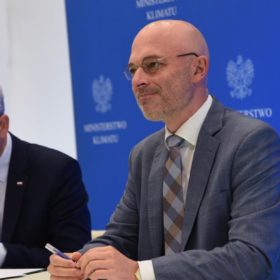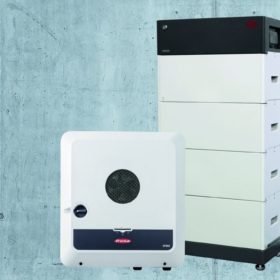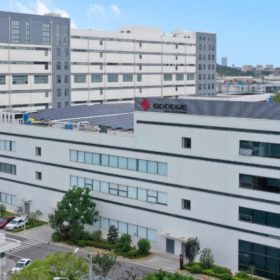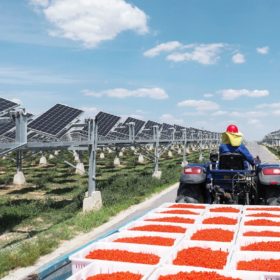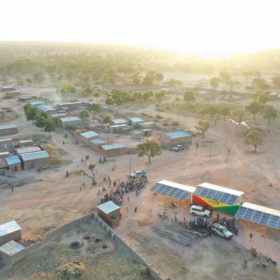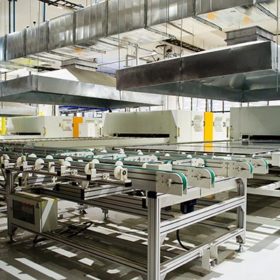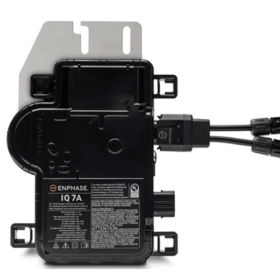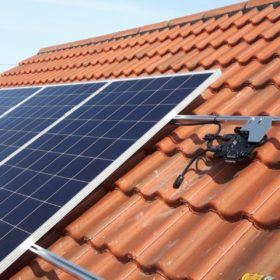Polish solar manufacturers unite to compete with imports
Businesses, supported by the government, will join forces to strengthen their industry and contribute to the European Green Deal through made-in-EU products.
SNEC 2020 CEO Series, Shanghai – Interview with CEO of Ginlong Solis
As one of the most rapidly growing inverter manufacturers, Ginlong Solis went public and became listed on the Shenzhen Stock Exchange (SZSE) early last year. With the support from the capital market, Ginlong Solis continued its rapid growth. According to Wood Mackenzie, the company ranked among the top ten inverter manufacturers in terms of global product shipments in 2019. How has Ginlong Solis developed its market strategy? What new products and solutions is Ginlong Solis showcasing at SNEC 2020 in Shanghai? And how is the company dealing with the impact from the COVID-19 pandemic? These issues are addressed in the following interview with Wang Yiming, the founder and CEO of Ginlong Solis.
Residential storage solution with BYD battery, Fronius inverter
BYD and Fronius have started offering the BYD Battery-Box Premium storage system and Fronius Symo GEN24 Plus inverter as a bundle. They said the combined solution can be used in residential PV arrays and light commercial systems.
Chinese PV Industry Brief: GCL begins work on new polysilicon factory, GoodWe listed on Shanghai exchange
Polysilicon maker GCL-Poly has started construction of a factory with an annual production capacity of 54,000 MT as Chinese inverter manufacturer Goodwe launched an IPO on the Shanghai stock market.
Giant agrivoltaic project in China
The Baofeng Group is building a 1 GW solar park which is hosting a goji berry plantation in the Binhe New District on the eastern banks of the Yellow River in the Ningxia Province. Around 640 MW have so far been grid-connected. Huawei is providing the inverters for the project.
Solar, storage-centric approaches to DC coupling
A new white paper by Alencon outlines the differences between PV-centric and battery-centric coupling.
Senegal introduces VAT exemption for off-grid solar products
The Senegalese government is aiming to increase access to solar power in rural areas by reducing VAT on PV panels, inverters, solar thermal collectors and other products in an effort to achieve universal electricity access in the country by 2025.
Scaling up solar manufacturing in India
A new study by the CEEW Centre for Energy Finance assesses China’s advantages over India, but presents ways for the South Asian nation to build a competitive PV manufacturing sector.
Enphase microinverters for high-power modules
The US microinverter manufacturer has now brought its inverter solution for commercial and industrial solar to Australia and Europe. The device is suitable for modules with power output ranging from 295 to 450 W and has a European efficiency of 96.5%.
Enphase inverters added to Ikea’s turnkey solar offer in Australia
The California-based energy technology company has announced that its microinverters have been selected for Solargain’s turnkey solar offerings in Australia, including the retailer’s offer in collaboration with the Swedish furniture giant.
